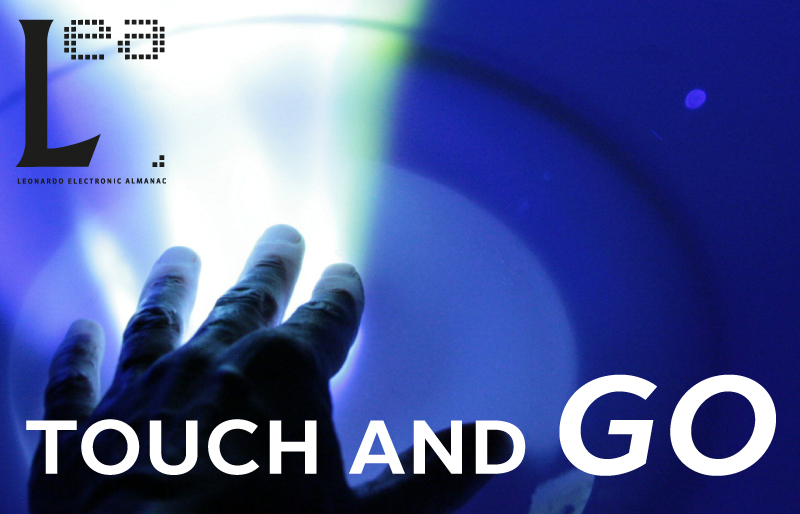
LEA Volume 18 Issue 3
Volume Editors: Lanfranco Aceti, Janis Jefferies, Irini Papadimitriou
Editors: Jonathan Munro and Özden Şahin
ISBN: 978-1-906897-18-5
ISSN: 1071-4391
Reference: Charissa N. Terranova, “Haptic Unconscious: A Prehistory of Affectivity in Moholy-Nagy’s Pedagogy at the New Bauhaus,” eds. Lanfranco Aceti, Janis Jefferies and Irini Papadimitriou, Leonardo Electronic Almanac (Touch and Go) 18, no. 3 (2012): 224-235.
Haptic Unconscious: A Prehistory of Affectivity in Moholy-Nagy’s Pedagogy at the New Bauhaus
by Charissa N. Terranova
This essay is an historical analysis of new media theory in particular the idea of affectivity as it took form in the 1930s in what I call the “haptic unconscious.” Taking a cue from Walter Benjamin, this phrase describes the bio-materialist and body-based curriculum and philosophy of the New Bauhaus (later known as the Chicago School of Design and Institute of Design) under the directorship of Laszlo Moholy-Nagy from 1937 to 1946. The essay focuses on Moholy-Nagy’s materialist teaching praxis as it was rooted in the ideas of Raoul Francé, the Logical Positivism of the Vienna Circle, and John Dewey. The ideas coalesced here are the ballast and founding logic of Moholy-Nagy’s sense of ‘vision’ and, by connection, an experiential aesthetic of the artistic image as it is produced, constituted, and mediated by photo-optics, kinesthesia, and the broad base of technology, both analogue and digital.
Full article is available for download as a pdf here.
The artworks in the article are © Thomas Flake, Alexander Corrazzo, Francis Fairweather, and Charles Niedringhaus.
Vol 18 Issue 3 of Leonardo Electronic Almanac (LEA) is published on line as a free PDF but will also be rolled out as Amazon Print on Demand and will be available on iTunes, iPad, Kindle and other e-publishing outlets.
